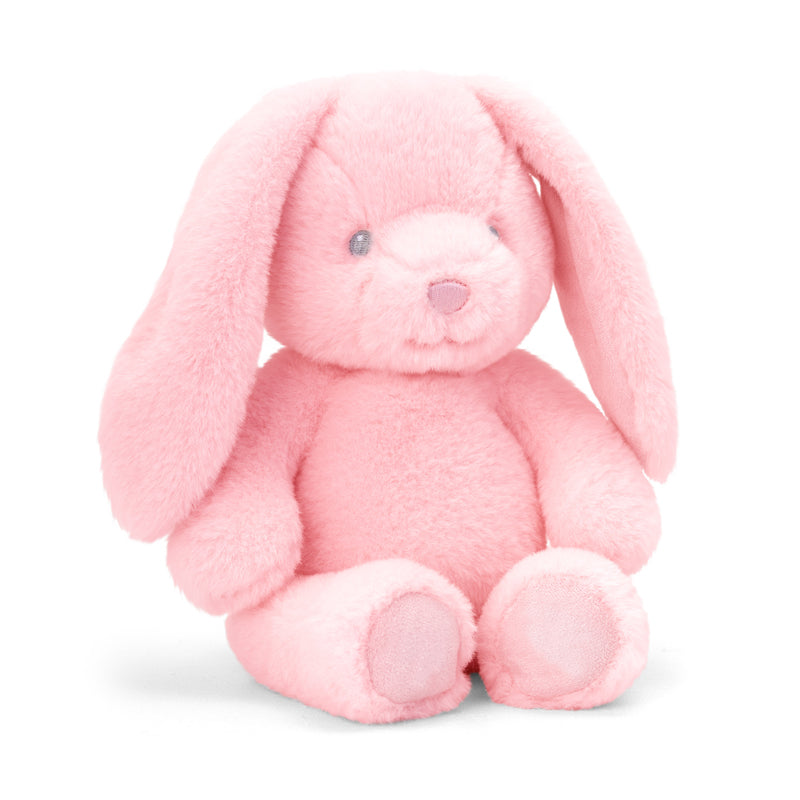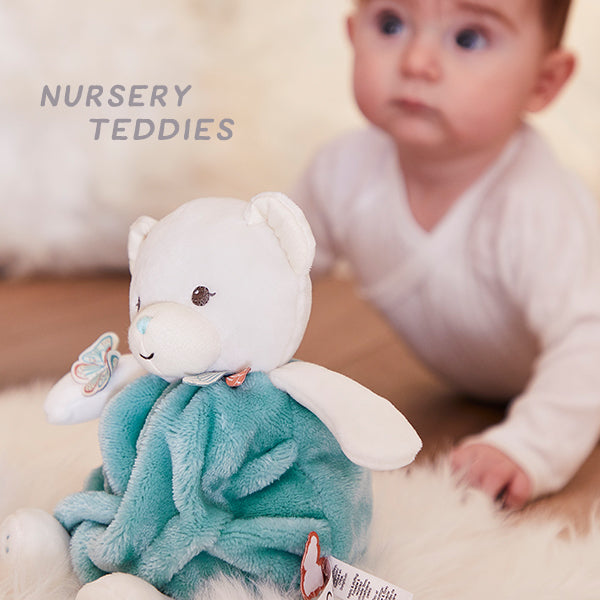Nursery teddy bears are more than just cute, cuddly companions for children. They offer several benefits for your child's development, especially during playtime. Firstly, teddy bears can provide comfort and security to your child, through their familiarity and consistency. Their teddy bear can serve as a constant companion and source of comfort throughout their childhood, being available to hug or snuggle, and which they can turn to when they feel scared or lonely. This helps them feel safe and secure, which is important for their emotional well-being. Moreover, a teddy bear can serve as a transitional object when a child is separated from their parents or caregiver providing comfort in new or unknown environments like daycare. This helps to reduce separation anxiety and makes it easier for children to adjust to new surroundings.
Secondly, teddy bears can help your child develop social skills. Children often use teddy bears as a way to communicate and express their feelings. By playing with their teddy bears, children learn how to communicate with others and express their emotions in a healthy way. They often use imaginative play with their teddy bears, creating scenarios and stories, and this also helps develop their creativity, empathy, and social skills. Thirdly, teddy bears can help your child develop language skills. Children often talk to their teddy bears, asking them questions, sharing their thoughts, feelings and stories. This helps children develop their vocabulary and improve their verbal communication skills as they learn to express themselves and communicate their ideas to their teddy bear.
Lastly, teddy bears can help your child develop empathy and nurturing skills. Children often mimic the way their parents or caregivers take care of them when playing with their teddy bears. This helps children develop a sense of responsibility and practise nurturing and loving another ‘being’. Overall, the companionship of a nursery teddy bear can have a positive impact on a child's emotional, social, and cognitive development.


